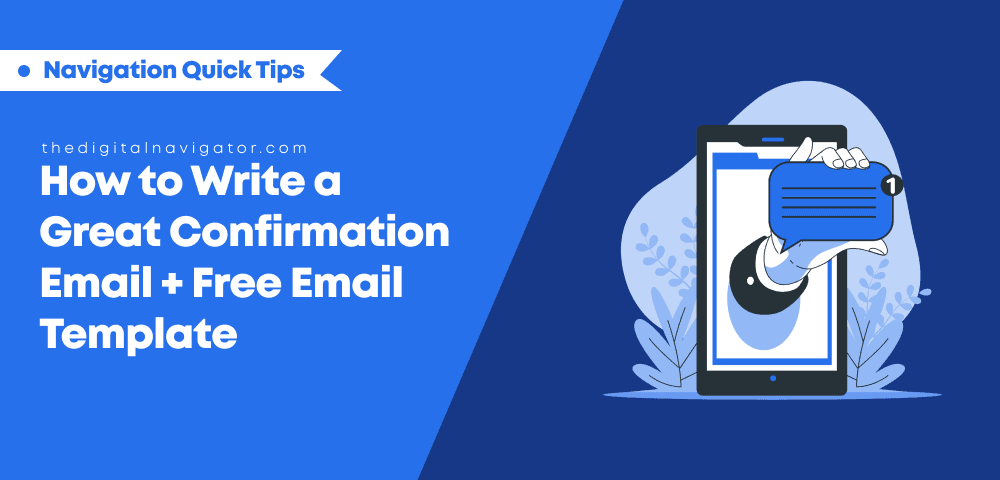Getting rid of bad apples to avoid contaminating your pool of prospects
Reading Time: 3 min
The key to closing more deals is to purge your mailing list. For every email you send that doesn’t get sent, ends up getting marked as Spam. That could only mean that you lost the opportunity to engage with your potential customer.
There’s a lot of talk about the size of your list, but that won’t matter if the quality isn’t there.
Did you ever notice how quickly your strawberries will mold over if you leave one bad fruit in your pint?

Your mailing list is not different!
Read on to learn the importance of pruning your mailing list to close more deals by getting your emails seen by the people that love you.
1. How do old emails and prospect hurt your business?
Whenever you send out emails to your list, there are 3 main factors that determine if your message ends up in the naughty list or in the inbox.
Your Subscriber Engagement takes into account the percentage of your emails that get open, how far down a reader scrolls for every email, the number of emails that don’t get delivered to a valid email and the number of people that unsubcribe or report you as a spammer.
This means that every time you send a batch of emails, if people are not engaging with them or they somehow don’t make it to an inbox it will send a signal on the internet that you might be a spammer.
As your Subscriber Engagement decreases, messages that were being read by loyal followers might end up in the spam box, caught by a spam filter software like Barracuda or come attached with a warning.
The first step you should do to clean up bad juju is to look for your recent batches of emails sent and identify if there were any soft bounce, hard bounce or undelivered emails.
How to do it: Review batch reports from your last 5 mass emails sent, and remove or correct any emails which indicate a soft bounce, hard bounce or undelivered status.
2. Stop talking through a dead phone
In a normal relationship, if you keep calling a person every week and they never answer, you would eventually stop calling. The same rule applies to emails. This is where the process of boosting your engagement, and getting more hot leads to read your messages, can appear scary.
Remember how unopened emails hurt your Subscriber Engagement? This is why it is important to go through your contact list and remove anyone that hasn’t opened your emails for an extended period of time. What do I mean by extended period of time?
Best practices say that you should react to people ignoring you for a period of 60 to 90 days. You’ll want to do a re-engagement campaign, which is more complicated than the context of this article. If you have a question or need help about this then click on the chat box icon in the bottom right corner and our team will be more than happy to help you out!
Whenever I work with a new client, I like to start with baby steps to avoid the shock factor. That means generating a report from the email system to segregated any contact that hasn’t opened an email for 12 months.
Imagine calling a person every week for an entire year, without ever getting a response. It’s safe enough to say they aren’t currently interested, right?
How to do it: Generate a report in your email system to identify any contact that hasn’t opened a single email in the past year. Export their data to a data file (csv) and then delete them from your system.
3. Grab the low hanging fruit and throw it out of the basket!
Some culprits are easy to identify and you should clean them off right away. If you get an out of office reply every time you send an email to a person, or a message saying they are no longer employed, toss that email in the trash!
Then go through your list of contacts and scan for any obvious fake names or email accounts. If a person has the name “a” or their email is fakeaccount@gmail.com you can delete them without worrying too much.
Then sift through your contacts, or use a special tool, to locate duplicate accounts so that you can merge them. If you send the same email to a person in 4 different accounts they are more likely to unsubscribe with at least one of them, even if they love you, which will hurt your Subscriber Engagement score and inevitably hurt your marketing efforts.
How to do it: Scan your contact list to delete accounts with fake names and email addresses.
It’s a necessary evil and you’ll be glad you did it…
Not many people enjoy deleting people from their hard earned email list. It doesn’t even feel good when you end up with a clean list.
To give you an example, I recently purged unengaged emails for 3 clients and the rotten fruit totalled 2,464, 908 and 1,075 emails. That’s enough to cause anyone a knee-jerk reaction!
(I’m not really getting enjoyment out of this although I’m trying to keep this entertaining so you actually take my advice and bite the bullet.)
Yet, once you start seeing that more emails are getting opened, clicked and sales are coming through, you will be jumping and dancing because you went through the purge.
When going through this process you want to make sure you segregate your good contact records so that you don’t end up removing people that were about to buy from you.
If you want to get through this process faster or going deep into your email marketing software isn’t your thing we’re happy to give you a hand. Meet with us over a Strategy Call to get some help and recommendations on the best way to proceed for increasing the value of your email list.







0 Comments